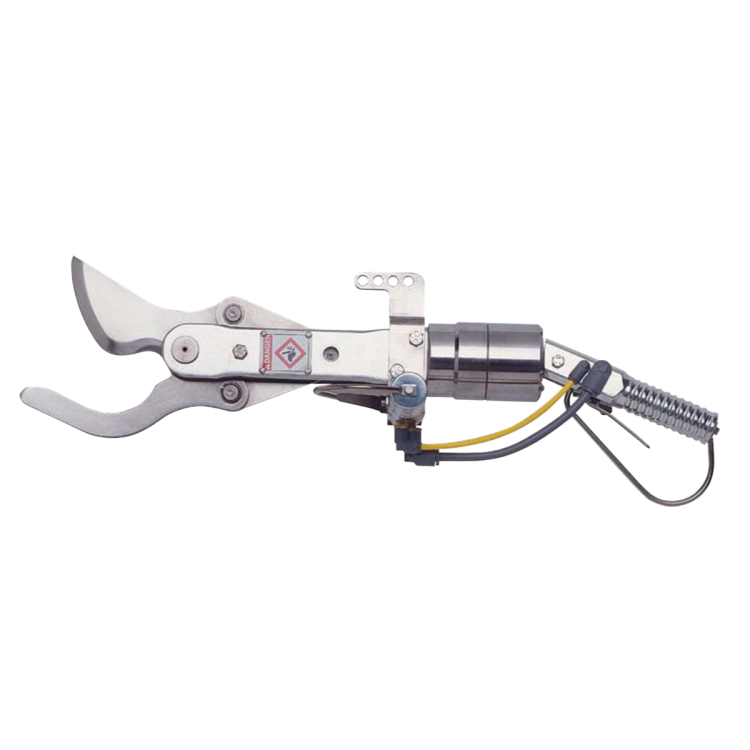


Pig slaughterhouses, like any industrial operation, have significant environmental impacts.
These facilities can generate substantial waste, consume large amounts of water and energy, and emit pollutants.
However, with careful management and the implementation of best practices, the environmental footprint of pig slaughterhouses can be significantly reduced.
Here, we explore strategies for managing and mitigating the environmental impact in pig slaughterhouses.
Water is crucial in pig slaughterhouses for cleaning, processing, and maintaining hygiene standards.
However, excessive water use and wastewater generation can lead to environmental degradation. Effective water management practices include:
1. Water Recycling and Reuse: Implementing systems to recycle and reuse water can significantly reduce consumption.
For instance, treated wastewater can be reused for cleaning non-food contact surfaces.
2. Efficient Cleaning Systems: Installing high-pressure, low-flow cleaning systems can minimize water usage while maintaining hygiene standards.
Regular maintenance of these systems ensures they operate efficiently.
3. Monitoring and Reducing Usage: Using water meters and monitoring systems to track water usage helps identify areas for improvement.
Training staff to use water judiciously also contributes to overall water conservation efforts.
Effective waste management is critical for reducing the environmental impact of pig slaughterhouses.
This involves managing both solid waste and byproducts in a sustainable manner.
1. Waste Segregation and Recycling: Segregating waste at the source allows for more efficient recycling and disposal. Organic waste can be composted or converted into biogas, while recyclable materials like plastics and metals can be processed separately.
2. Byproduct Utilization: Byproducts such as blood, bone, and offal can be utilized in various industries. For instance, blood can be processed into blood meal for animal feed, and bones can be rendered for use in fertilizers or pet food.
3. Anaerobic Digestion: Implementing anaerobic digestion systems can convert organic waste into biogas, which can be used as a renewable energy source. This not only reduces waste but also helps in managing greenhouse gas emissions.

meat industry served differently
Our meat processing bandsaw blades, made from high-quality stainless steel, offer durability, efficient cutting, and sanitation for optimal meat processing performance. To shop this and more click shop button below:
At Unbeatable Prices